WELL ... It's really impossible to have a bad time at the Metropolitan Museum because they have the most diverse collection of art and artifacts in the America.
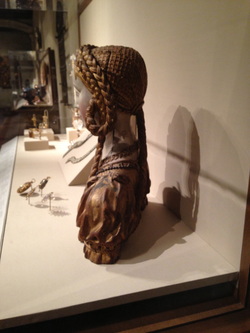
Every time I see a sculpture, I go straight to the back. I want to know what the BACK of the garment looks like and the BACK of the hair-d0.
And this visit, I decided to take one of the guided gallery talks. The one I went on was called "Fashion in Art".
No surprise I chose that one, I guess.
Then she took us to a large tapestry from 1450 that had been commission by the Duke of Burgundy. She talked about the clothing worn by the people in it. She told us that the men's stockings were the most fitted garment up until this time requiring patterns and close accurate cutting and sewing. And how men showed their legs off to attract the ladies. Some men even padded the calf and thighs of their tights to make their legs look more shapely ... Ha. Well, the women's beauty came from their very, very high foreheads. Now I knew that the ladies at this time would pluck their foreheads to achieve this, but what I didn't know is that it was considered perfectly acceptable to pluck stray hairs from your hairline in public, like we would re-apply our lipstick ... interesting.
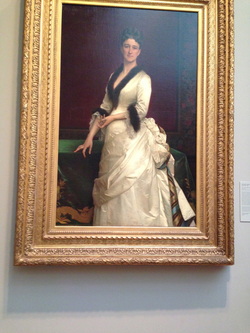
Hint, hint Simplicity.
Going with a group around the museum is so great because you end up seeing things in a painting that you might not notice on your own. I've got to do it more often.
I encourage everyone to make a visit to your local art museum.
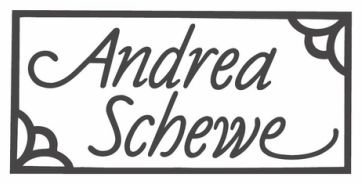
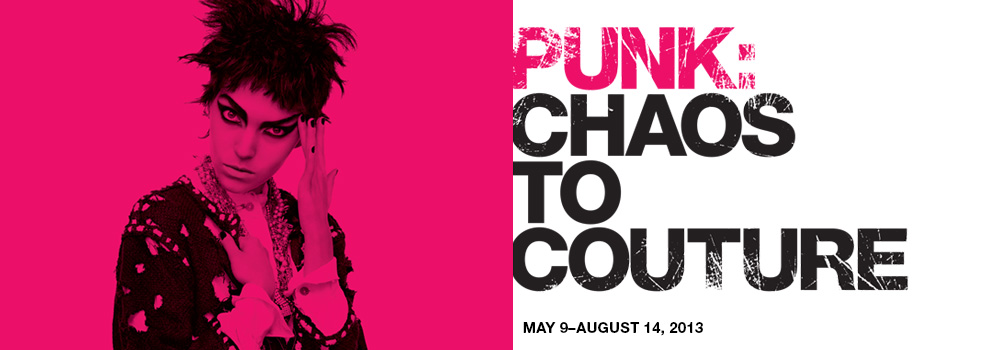
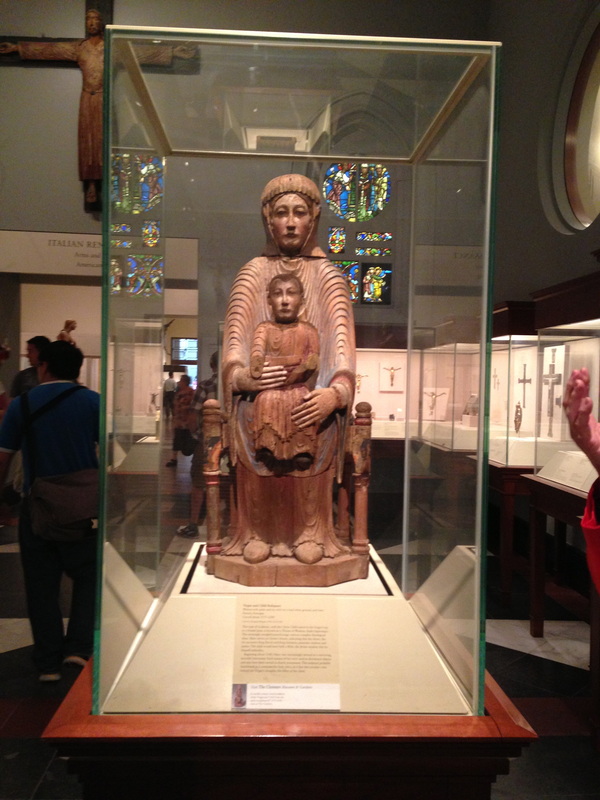
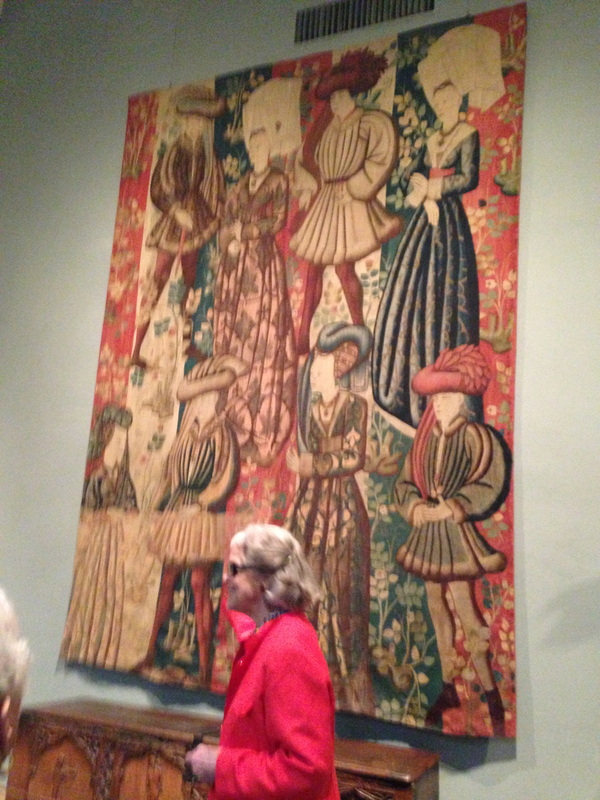
 RSS Feed
RSS Feed